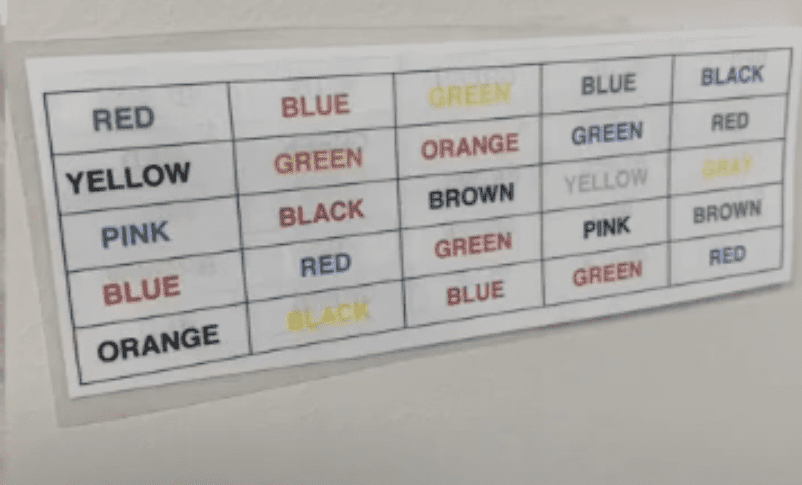
Dynamic Standing Balance and UB Coordination
Dynamic Stepping with Functional Reach and Controlled Movement
Occupational Therapy Intervention : Dynamic Stepping
Documentation and Activity Rationale
The patient engaged in dynamic standing activity on unstable surface using a foam pad requiring balance on one foot with unilateral upper extremity support and volitional catch-release of weighted 16oz ball using opposite UE. The multimodal occupation-centered activity is purposed to improve weight-shift, elicit righting reaction, establish COG, increased multi-cognitive-kinetic-tasking, increased postural alignment, and improve perceived balance confidence for increased safe, independent participation in work and leisure occupatioins requiring these functions and skills.
Grading Strategies
Grading Up:
- Use ankle or wrist weights
- Increase Weighted ball
- Alternate arm/leg used for activity
- Speed / Time (how many successful throws in x amount of minutes)
Grading Down:
- Untimed
- Decrease or eliminate weighted ball
- Stand with both feet on the balance pad, or remove the pad entirely
Appropriate Diagnoses / Deficits
- Generalized Weakness
- SCI
- CVA
- TBI
- Balance deficits




